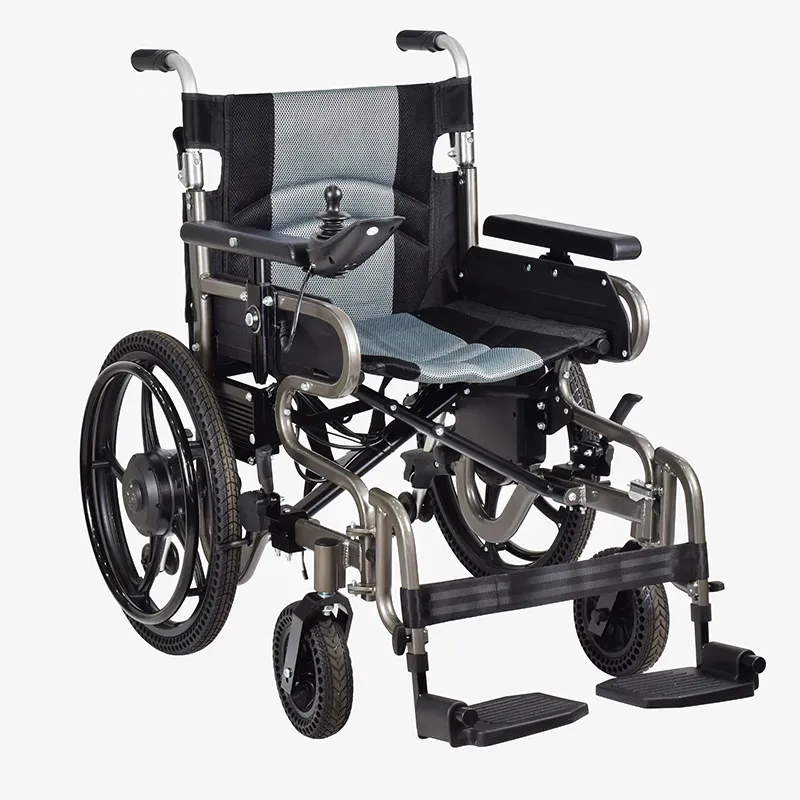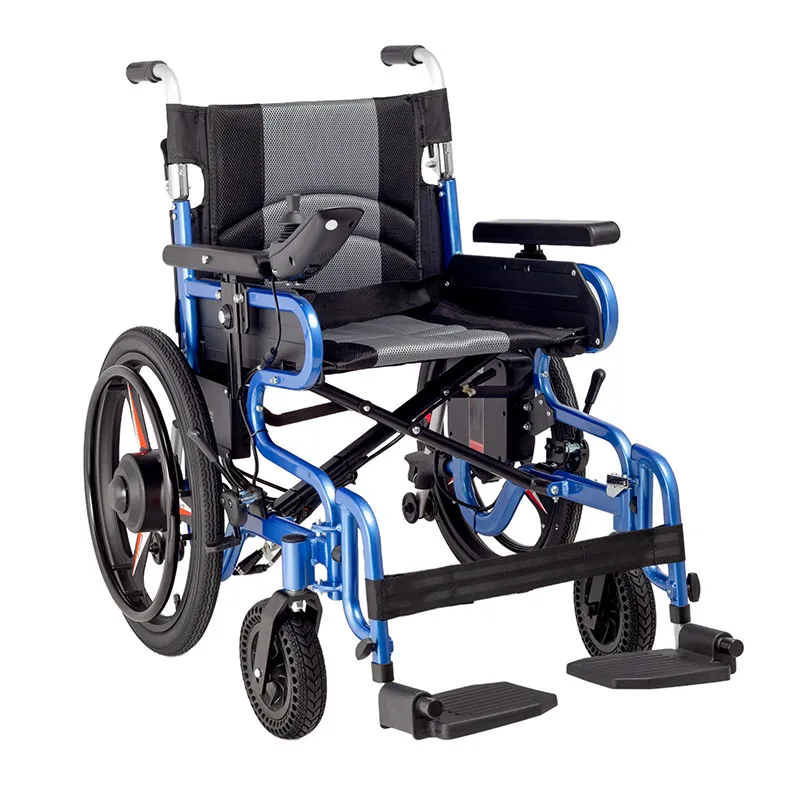
How long does it take to get a power wheelchair through Medicare?
2024-11-11 15:30
Obtaining a power wheelchair can significantly improve the quality of life for those who have limited mobility or are unable to walk at all. For many older Americans and people with disabilities, Medicare is the primary source of health insurance.
So, how long does it take to get a power wheelchair through Medicare? This process involves multiple steps and approval processes that require close collaboration between patients, physicians, providers, and Medicare.
This article will break down each stage of the process to help readers understand the time it takes from application to receiving a power wheelchair.

The process of getting a power wheelchair through Medicare
Step One: Initial Assessment and Physician Diagnosis
The first step in applying for a power wheelchair is an initial evaluation and diagnosis by a doctor. Patients must prove they need the device, which requires evaluation by a medical professional.
1. Doctor’s Appointment:
Patients need to make an appointment first with their primary care physician. This process can take anywhere from a few days to a few weeks, depending on the doctor's schedule and the patient's health.
2. Medical evaluation:
During the appointment, the doctor will perform a detailed medical evaluation to determine if the patient meets Medicare's criteria for power wheelchair use. The assessment includes the patient's mobility, ability to carry out daily activities and whether other medical devices are unable to meet their needs. This process usually takes 1 to 2 visits, and each visit takes about 1 to 2 hours.
3. Medical certificate:
If a doctor determines that a patient needs a power wheelchair, they will prepare a detailed medical documentation, including medical records and letters of recommendation. These documents are a key part of applying for Medicare coverage. Preparing these documents may take 1 to 2 weeks.
Step Two: Choose the Right Supplier
After obtaining a medical certificate from a physician, patients need to choose a Medicare-certified medical device provider. Choosing the right provider is critical to a smooth application process.
1. Supplier selection:
Patients can find the right provider through Medicare’s official website or through a doctor’s recommendation. Selecting a provider can take several days, depending on the patient's location and provider availability.
2. Supplier evaluation:
Once a provider is selected, the provider conducts a series of assessments to ensure the patient truly needs a power wheelchair and selects the most appropriate model and configuration. This evaluation process includes an on-site evaluation and trial, and usually takes 1 to 2 weeks.
Step 3: Submit application and wait for approval
Once the provider and physician evaluations are complete, the provider submits a formal application to Medicare on behalf of the patient.
1. Application submission:
The provider submits all necessary documentation, including the physician's medical certificate and their evaluation report, to Medicare. The submission process usually takes several days.
2. Medicare Approval:
Medicare reviews submitted applications to evaluate whether they meet its power wheelchair coverage standards. The approval process can take 30 to 60 days, depending on the complexity of the application and Medicare's workload.
Step 4: Post-approval steps
Once Medicare approves the application, the patient will enter the final stages of obtaining a power wheelchair.
1. Equipment ordering:
The supplier will order the electric wheelchair based on the approval results. Production and shipping of equipment typically takes 2 to 4 weeks, depending on the model of equipment and customization needs.
2. Equipment delivery and training:
Once the electric wheelchair arrives, the supplier arranges for the device to be delivered to the patient's home and provides the necessary training and adjustments for use. This process usually takes 1 to 2 days.

Total time estimate to get a power wheelchair through Medicare
Summarizing all the above steps, the total time to obtain a power wheelchair through Medicare can be roughly divided into the following stages:
● Initial evaluation and physician diagnosis: 2 to 4 weeks
● Select the right supplier: 1 to 2 weeks
● Submit application and wait for approval: 4 to 8 weeks
● Post-approval steps: 2 to 4 weeks
Overall, the entire process from the initial application to final receipt of an electric wheelchair takes approximately 9 to 18 weeks, or approximately 2 to 4 months. Exact times may vary depending on individual circumstances.
Factors affecting the application time for electric wheelchairs
Although the above time estimate provides a rough reference, there are many factors that may affect the application time in the actual process.
1. Complexity of medical condition: The more complex a patient’s medical condition, the more evaluation and documentation required, and the longer the entire process may take.
2. Healthcare Provider Efficiency: The responsiveness and efficiency of physicians and providers can also significantly impact the time of the application process. Some healthcare providers may take longer to complete the necessary assessments and documentation.
3. Regional differences: There are also differences in Medicare office efficiency and approval speed in different regions. Some areas may take longer to process.
4. Supplier's equipment inventory: The supplier's equipment inventory and supply chain conditions will also affect the delivery time of the equipment. If there is high demand for a particular model of electric wheelchair or there are issues with the production supply chain, delivery times may be extended.

Tips for dealing with waiting times
While waiting, there are steps patients and families can take to ease the inconvenience and ensure a smooth transition to using a power wheelchair.
1. Temporary solutions: While waiting for a power wheelchair, patients can use other assistive devices, such as a manual wheelchair, walker, or crutches, to help with daily activities.
2. Active Communication: Maintain active communication with physicians, providers, and Medicare to stay informed of application progress and ensure all necessary documents and information are submitted.
3. Prepare in advance: Before the electric wheelchair arrives, patients and family members can arrange adjustments and adaptations to the home environment in advance, such as clearing passages, arranging charging equipment, etc., to ensure that the electric wheelchair can be used immediately after arrival.








